Four-banded Longhorn Beetle (Leptura quadrifasciata)
Four-banded Longhorn Beetle (Leptura quadrifasciata)
Family: Cerambycidae (Longhorn beetles)
Common names: Four-banded Longhorn, Four-banded Flower Longhorn
🪲 Identification
- Size: 10–20 mm in length
- Body: Slender, elongated, slightly flattened
- Coloration:
- Black body with four irregular yellow bands across the elytra (hardened wing covers)
- Bands can vary in shape and size but typically form a distinctive pattern
- Antennae: Long and threadlike, often longer than the body in males
- Legs: Black with possible yellowish tinge on the femora
This species mimics wasps in appearance (Batesian mimicry), deterring potential predators.
🌸 Habitat
- Woodlands, forest edges, hedgerows, and flower-rich meadows
- Found on flowers, particularly in the Apiaceae (carrot family), where adults feed on nectar and pollen
🌱 Diet
- Larvae:
- Develop in dead or decaying wood of broadleaved trees like birch, willow, and alder
- Especially found in moist or wet wood (e.g., logs near water)
- Adults:
- Feed on pollen and nectar
- Seen on umbellifers and other flowering plants during warm summer months
🔁 Life Cycle
- Eggs: Laid in cracks of decaying hardwood
- Larvae: Bore into the wood and feed for 2–3 years
- Pupation: Occurs within the wood
- Adults: Emerge from June to August, with peak activity in mid-summer
Adults are diurnal and often seen basking in the sun or visiting flowers.
🌍 Distribution
- Widespread across Europe, including:
- Northern and Central Europe
- Parts of the British Isles
- Also found in Western Asia
- Prefers moist deciduous woodlands near streams or wetlands
⚠️ Similar Species
- Other flower longhorns (Leptura spp.) may appear similar, but L. quadrifasciata is the only one with a distinct four-banded pattern.
- May be confused with wasps at a glance due to yellow-black warning colors
🧬 Ecological Role
- Pollinator: Adults help pollinate wildflowers
- Decomposer: Larvae contribute to the breakdown of deadwood, supporting forest ecosystems
🛡️ Conservation Status
- Not currently threatened
- Populations benefit from the preservation of old-growth forests, deadwood, and wildflower diversity
The Four-banded Longhorn Beetle (Leptura quadrifasciata) is a beautiful, ecologically valuable insect — a bridge between forest and meadow life. Its presence is a good indicator of healthy woodland environments and biodiversity-rich habitats.
Visited 3 times, 3 visit(s) today
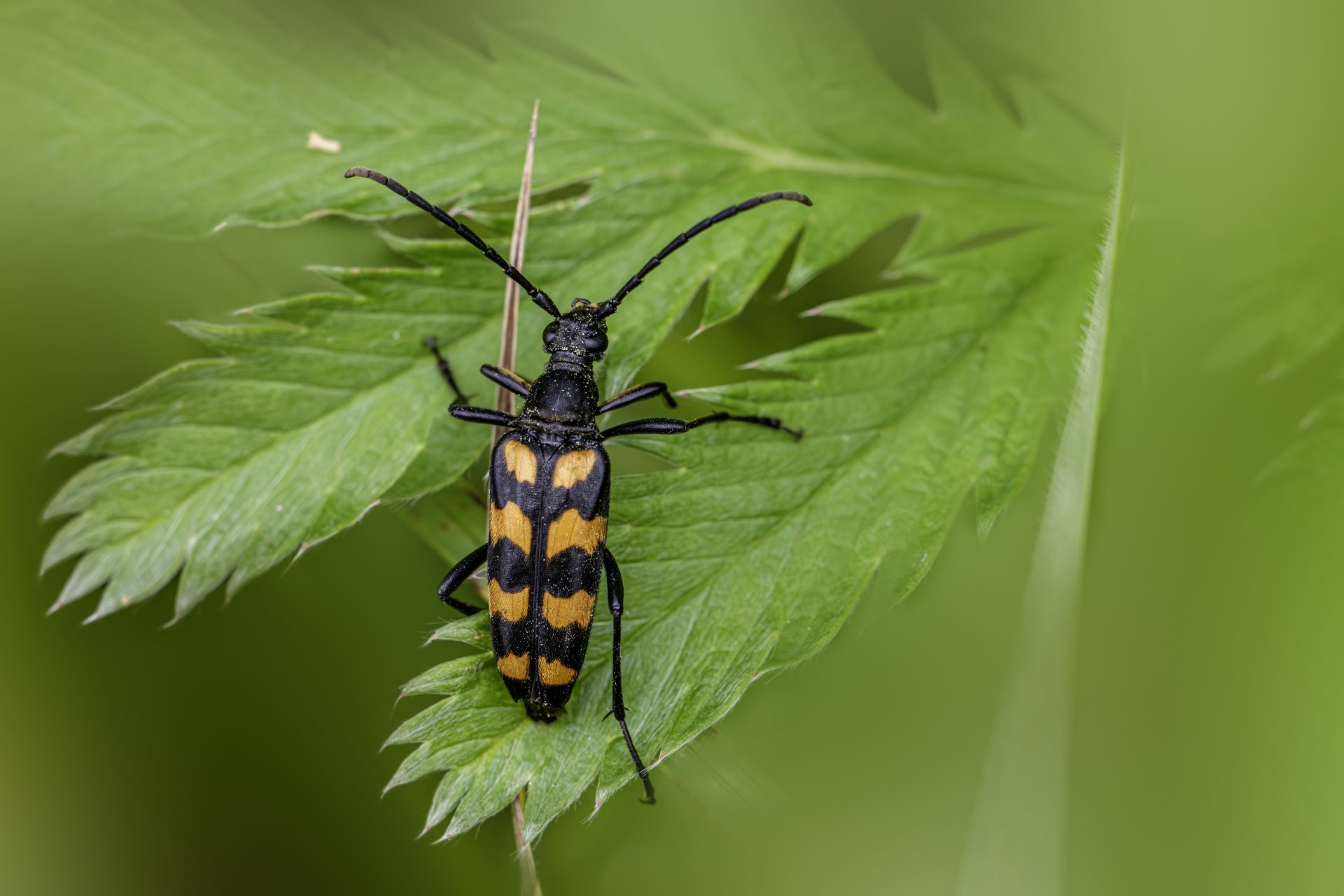
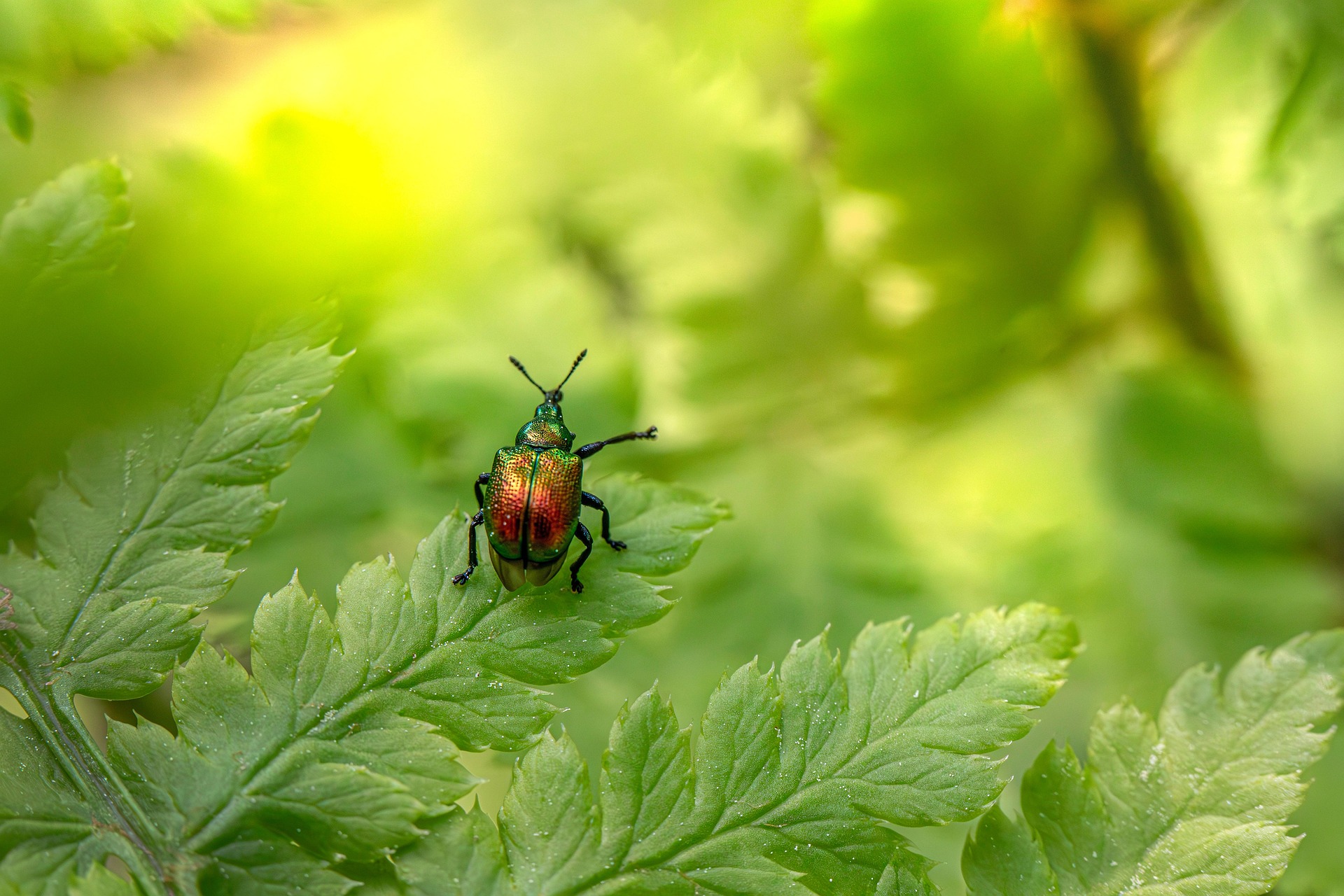
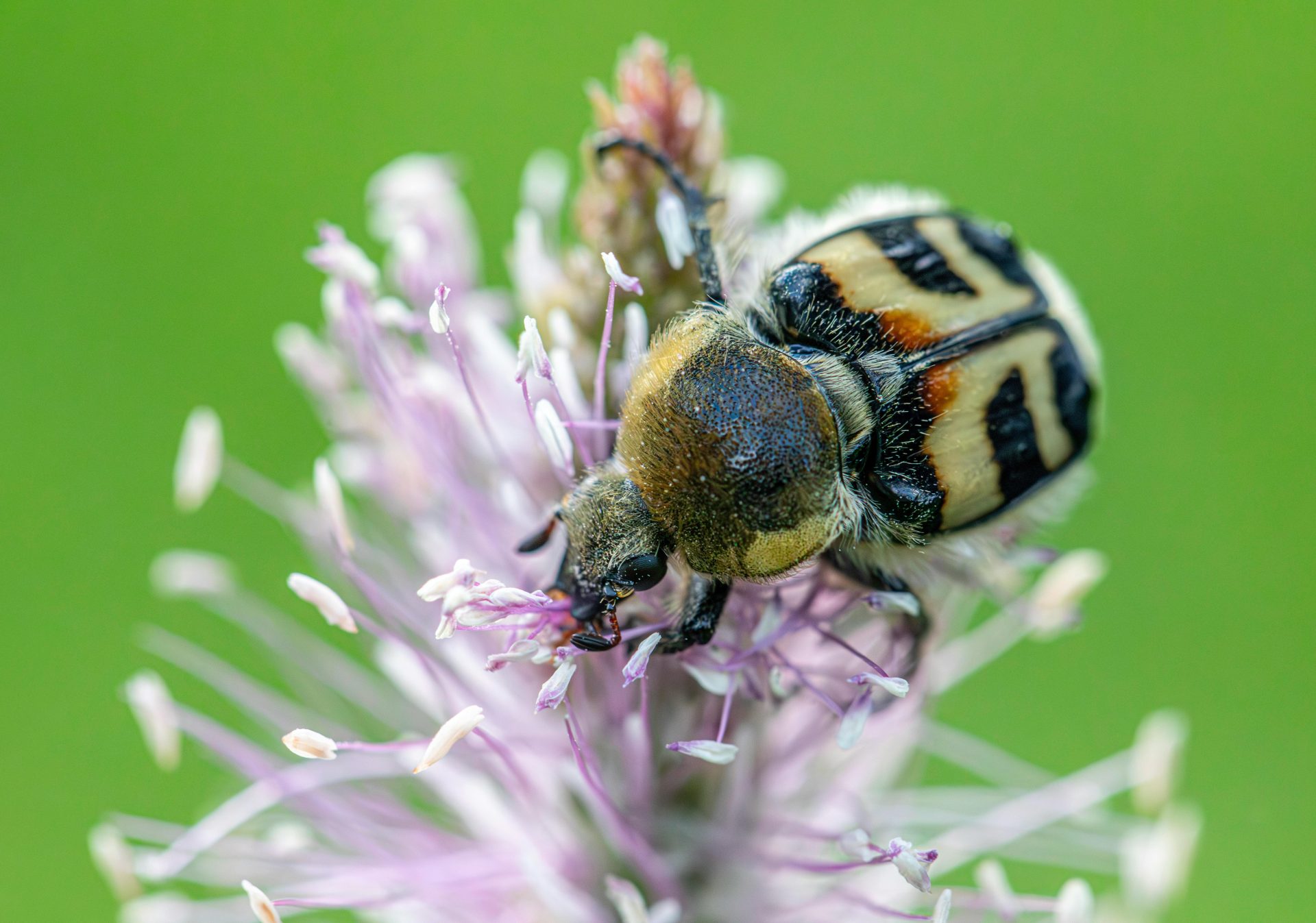
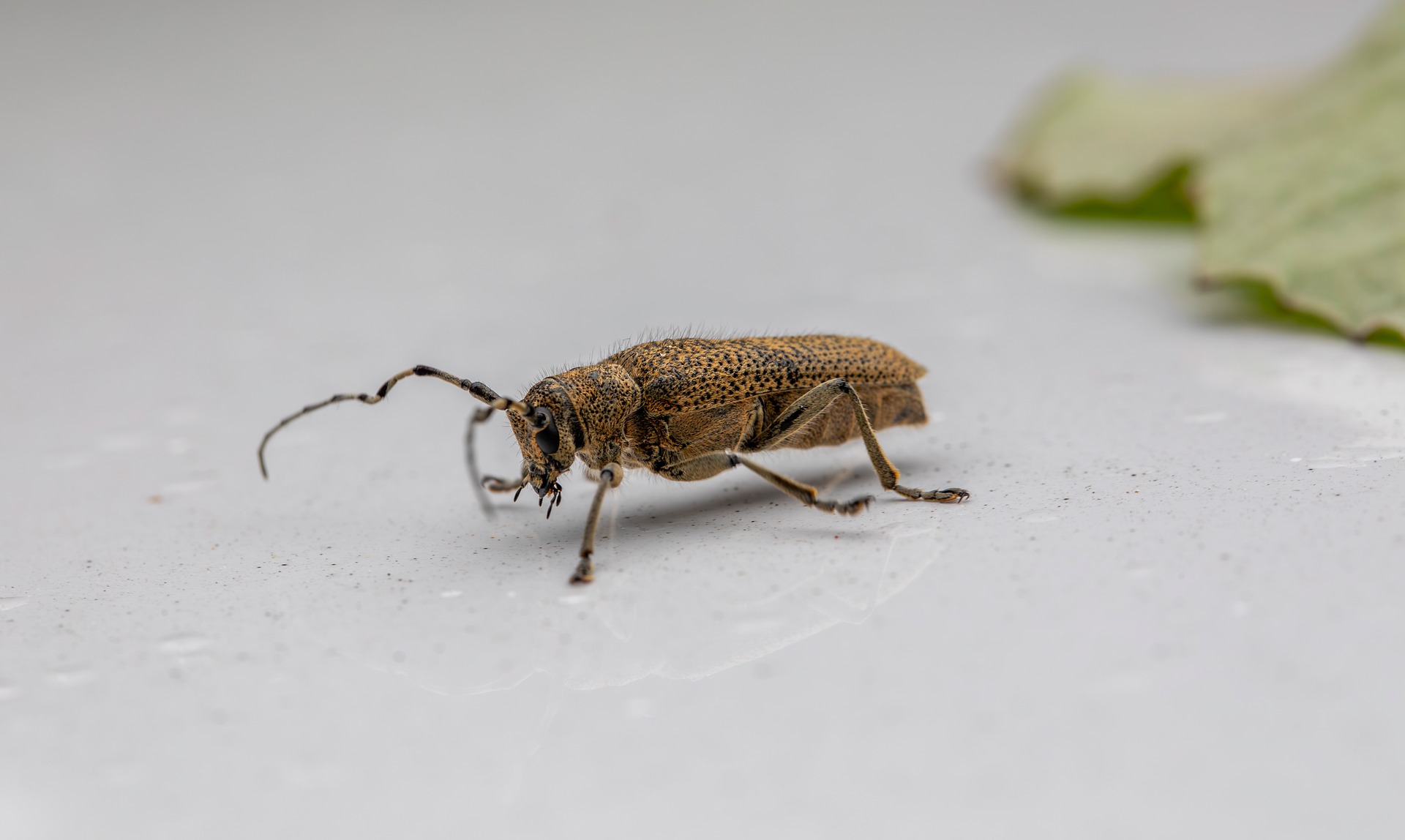
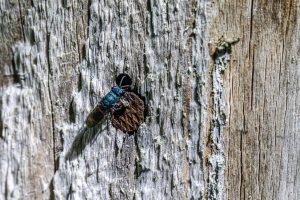
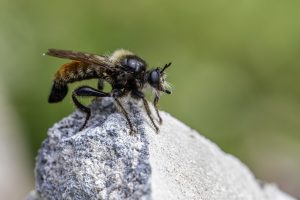
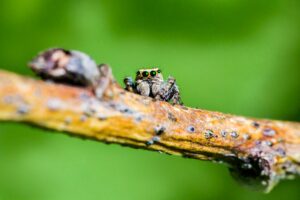
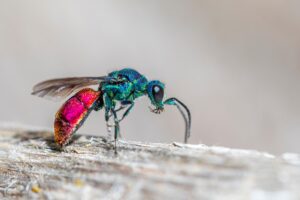
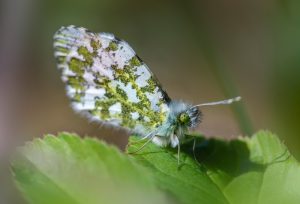
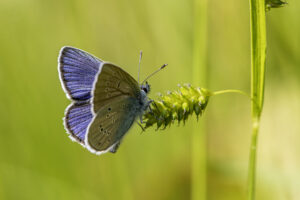
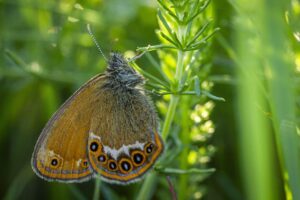

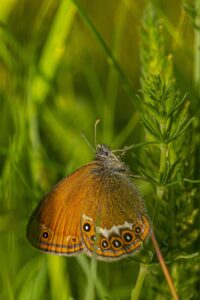
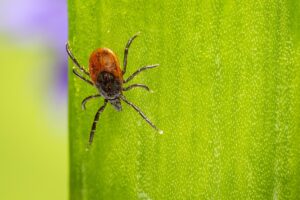
Post Comment